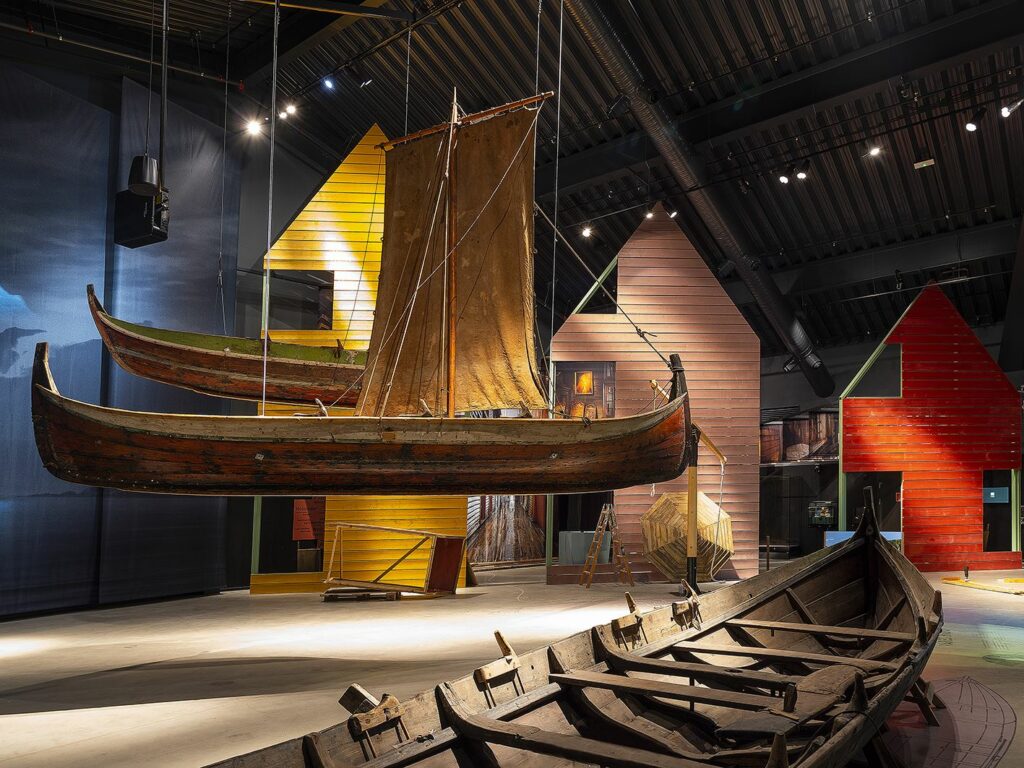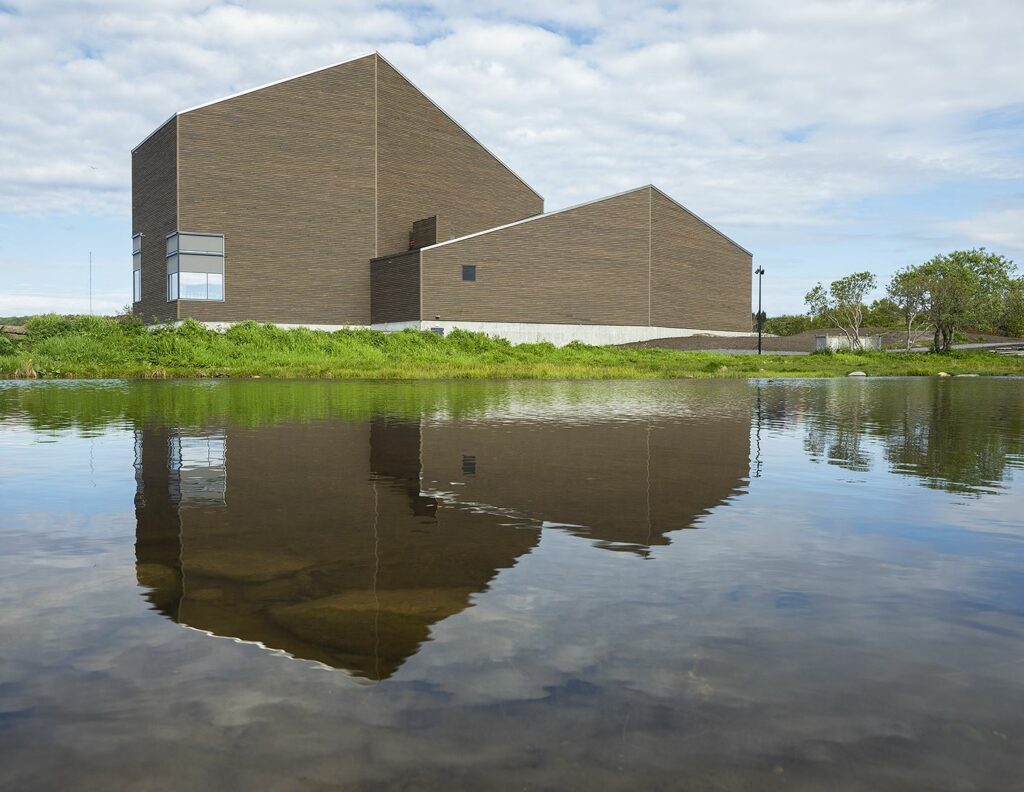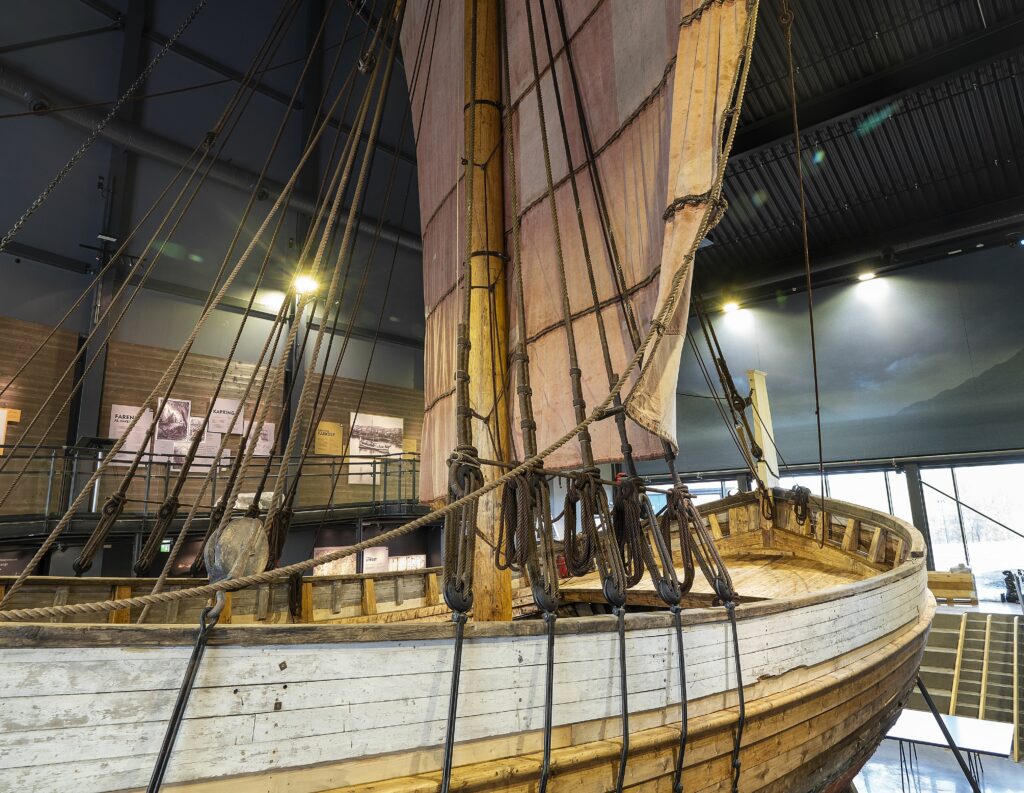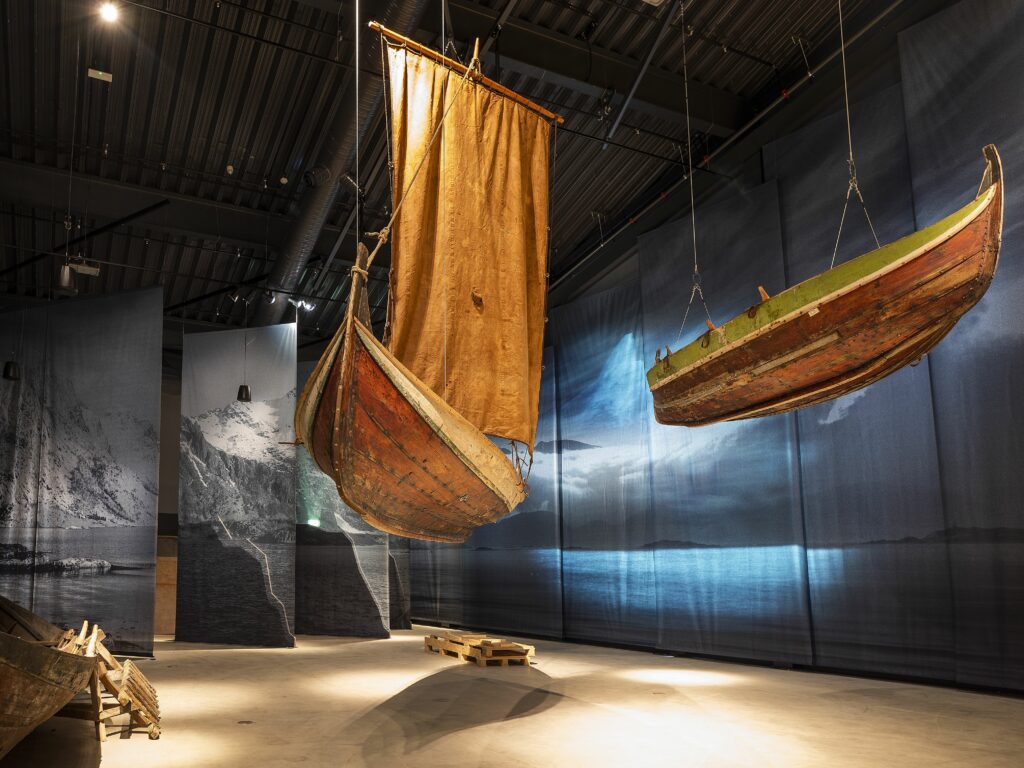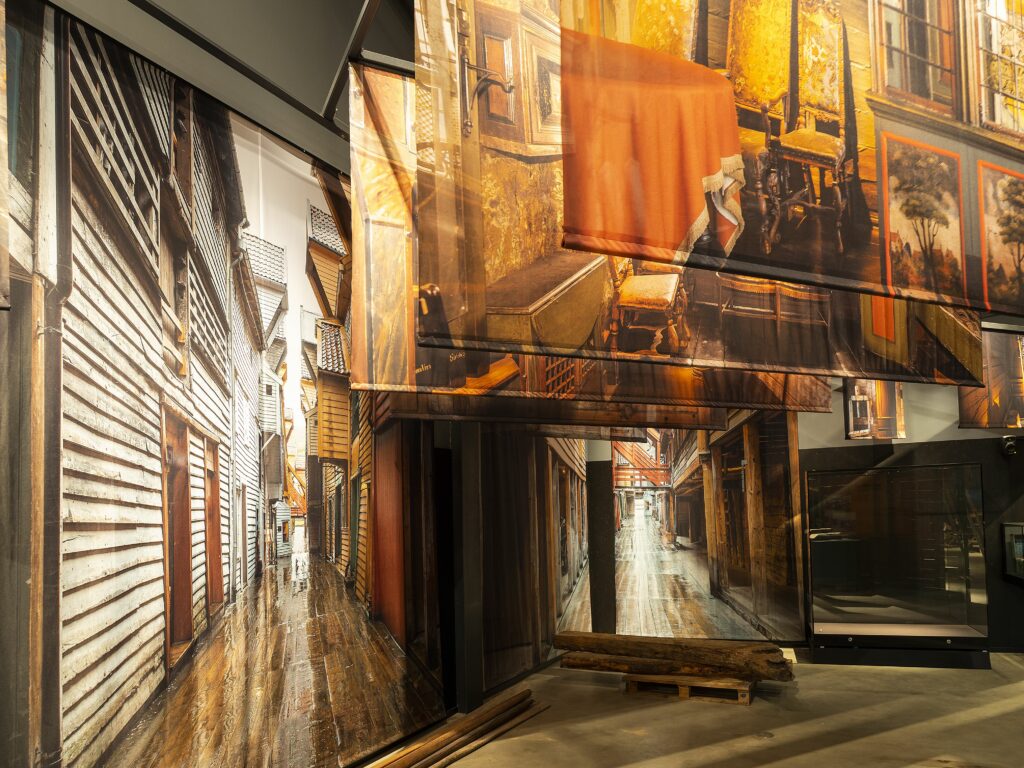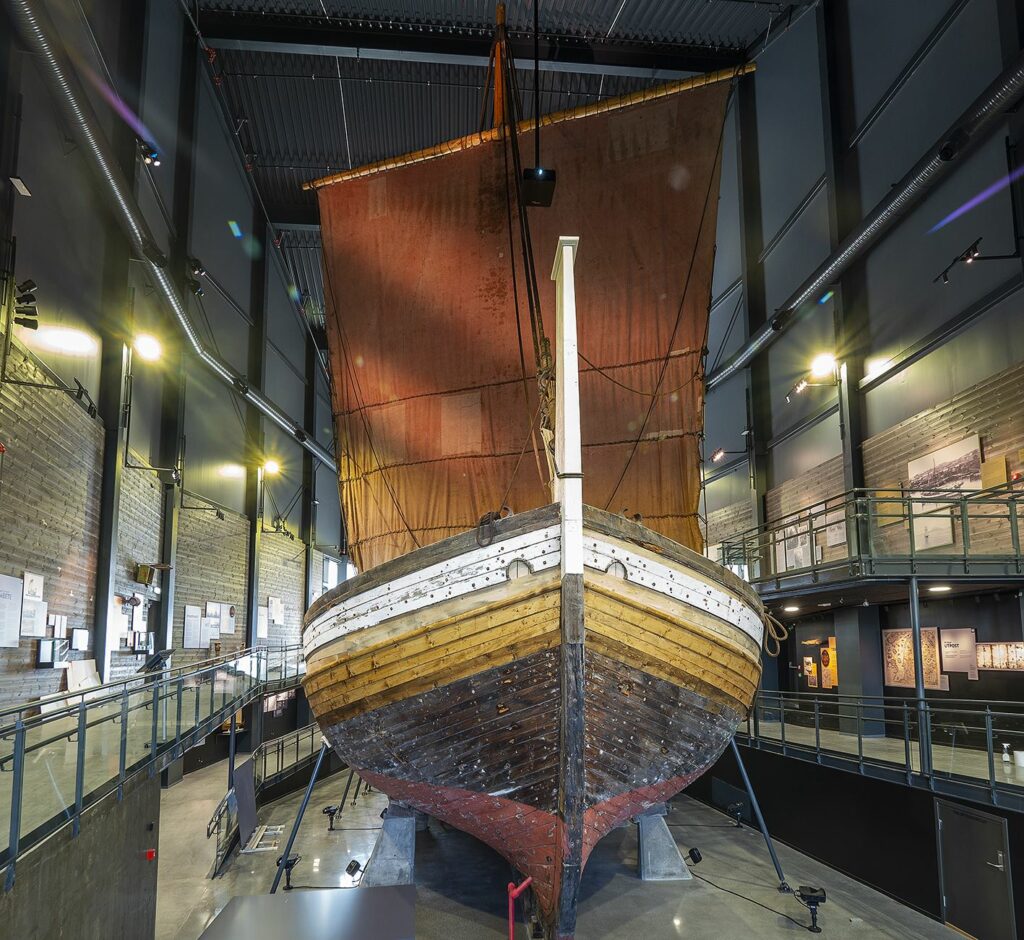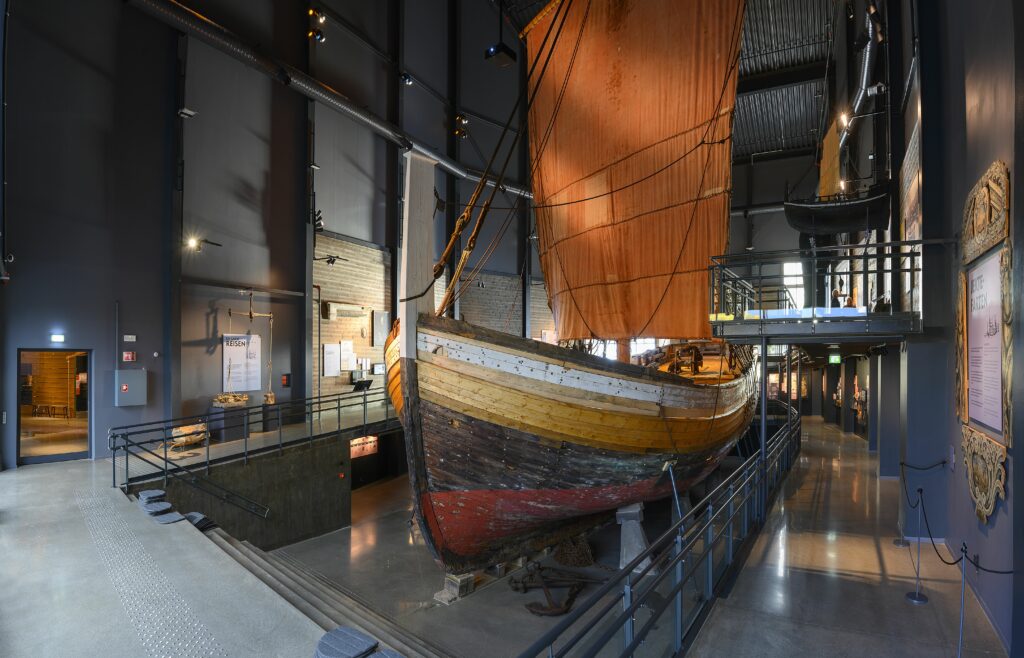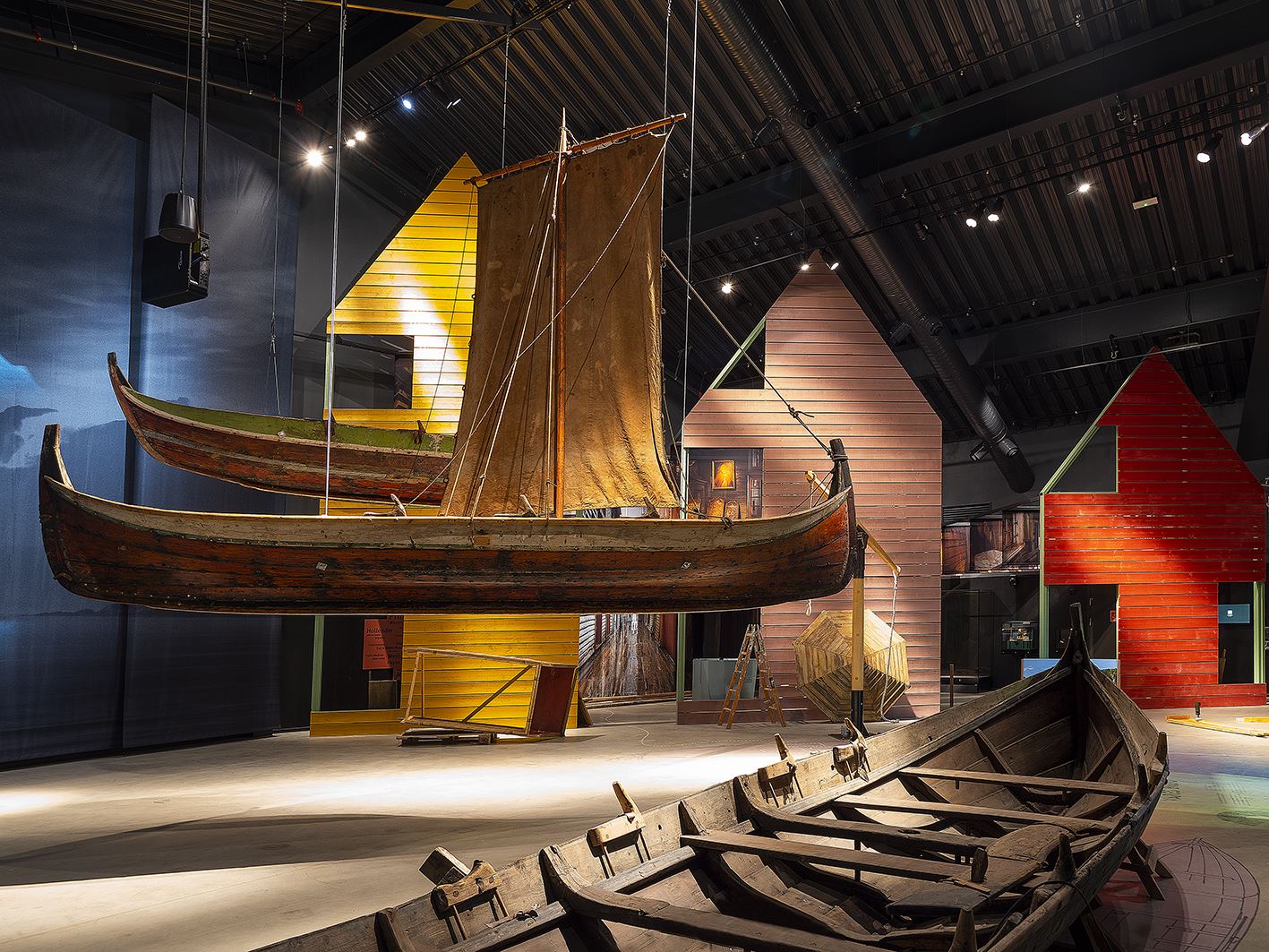
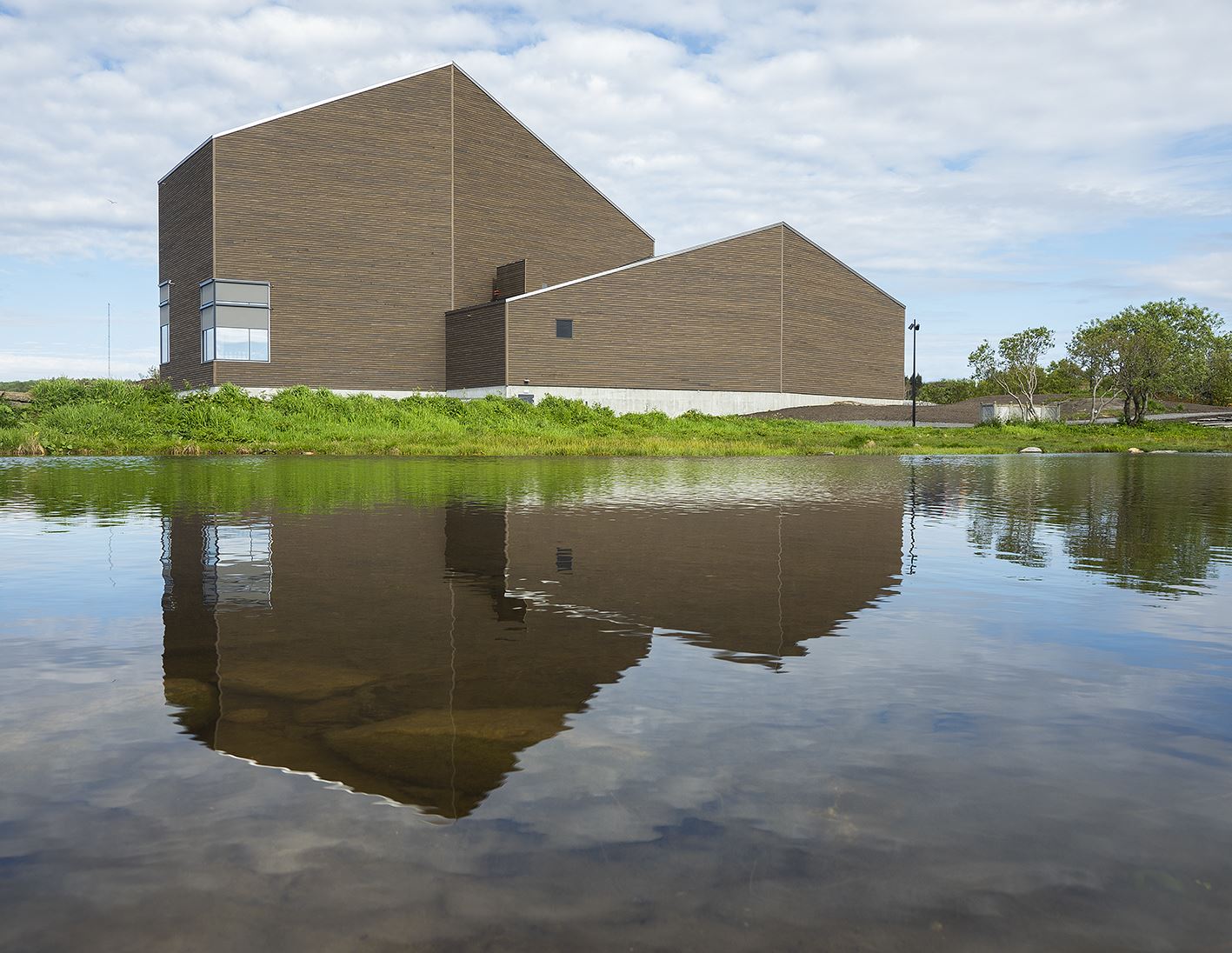
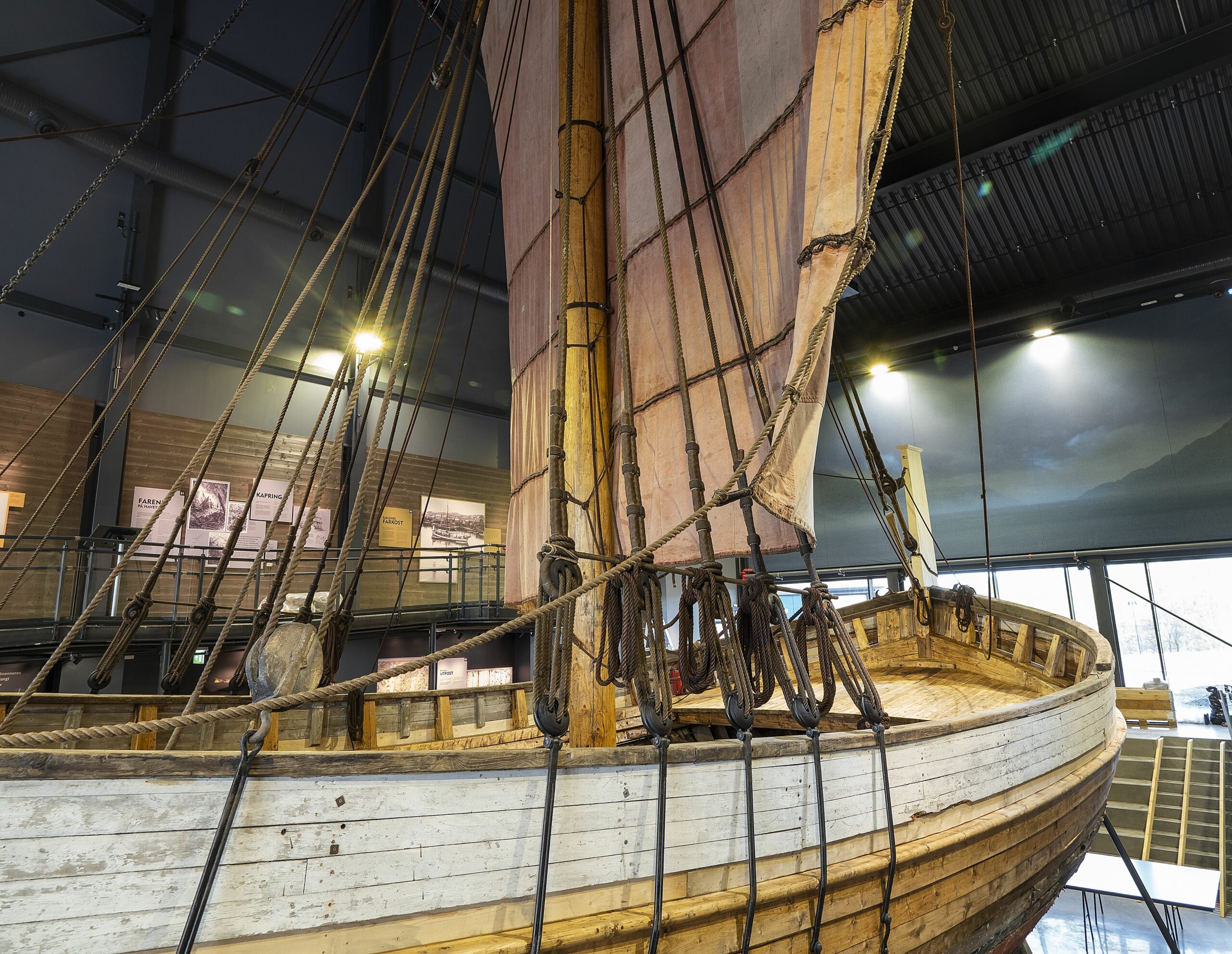
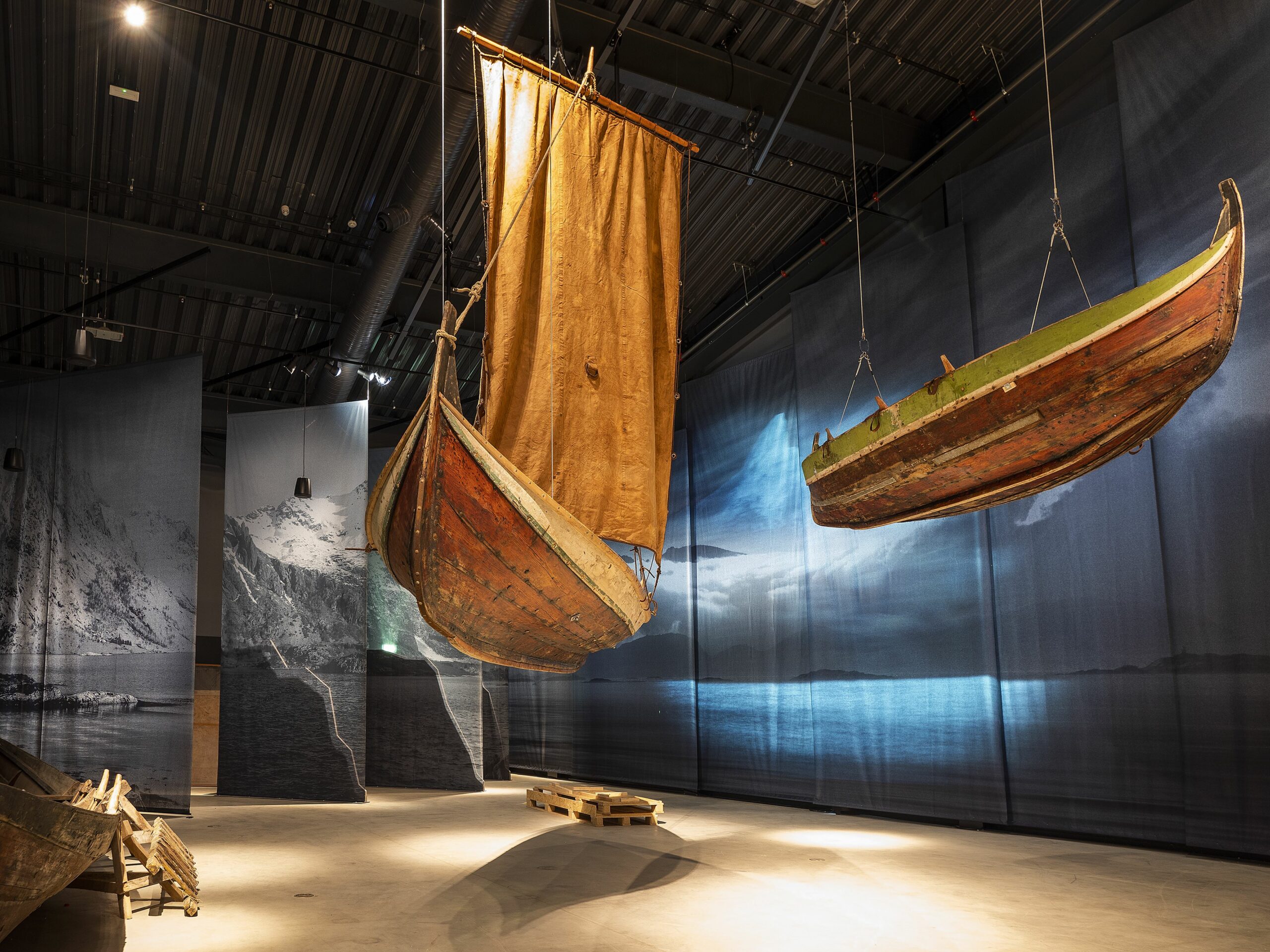
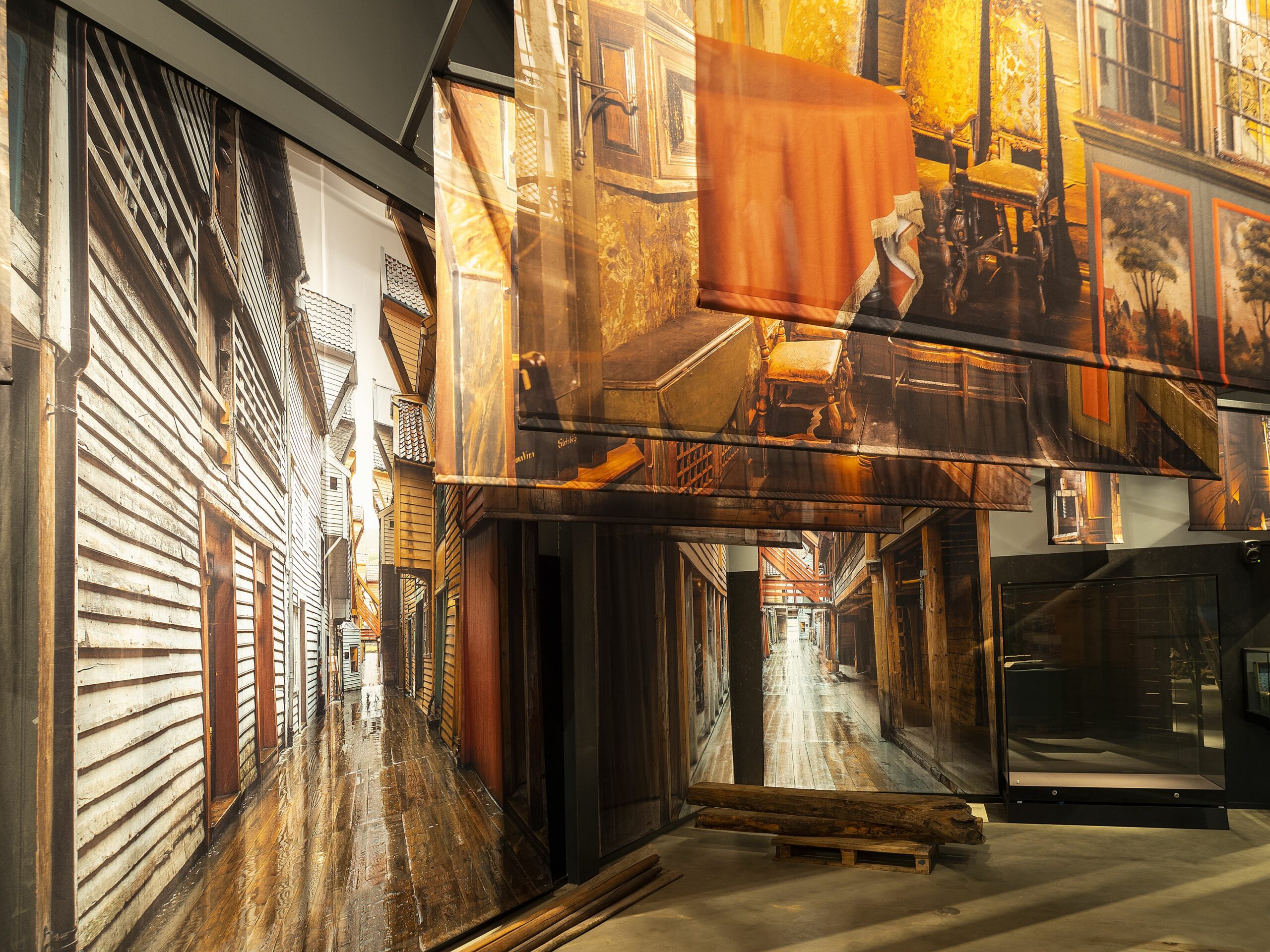
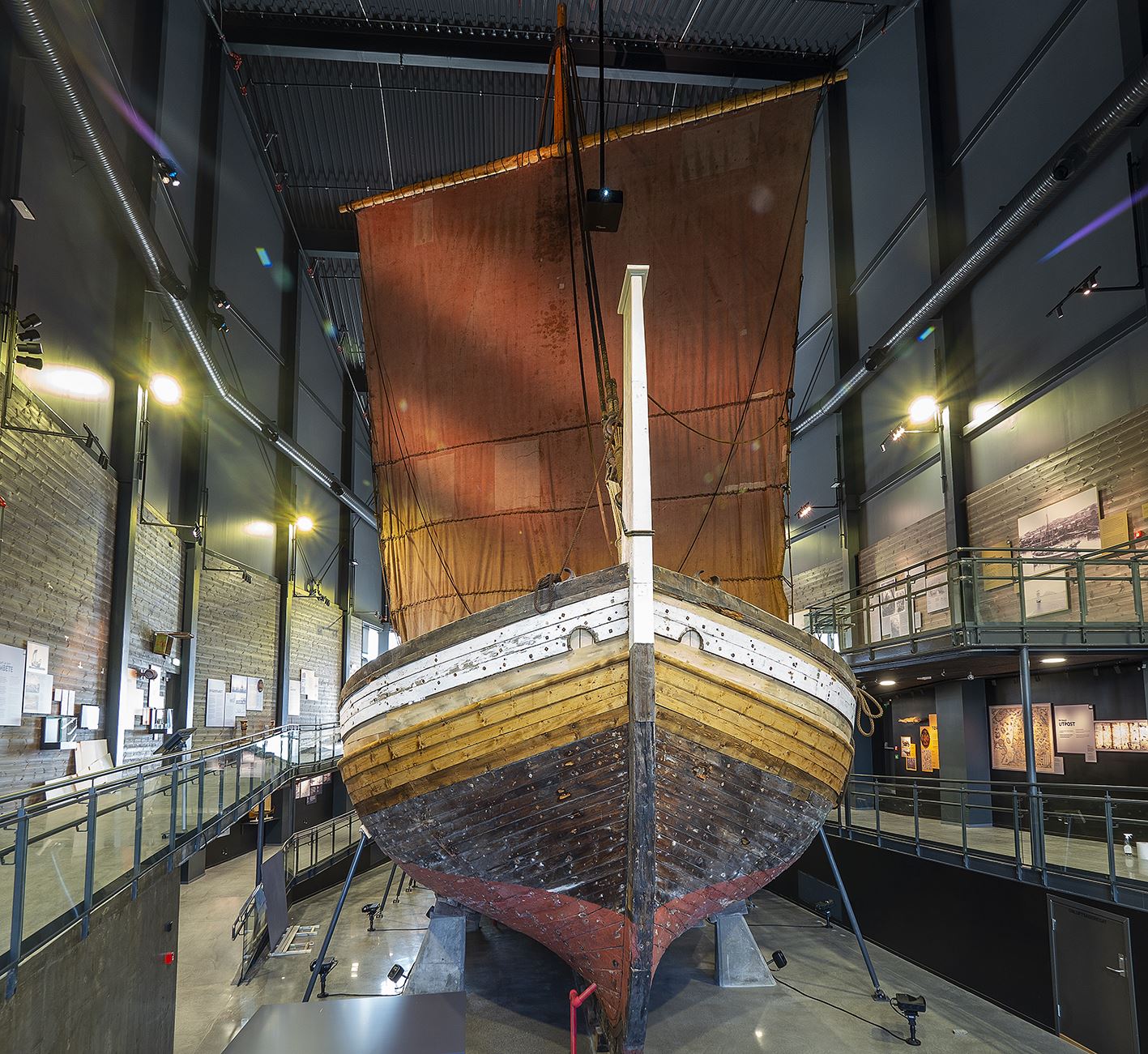
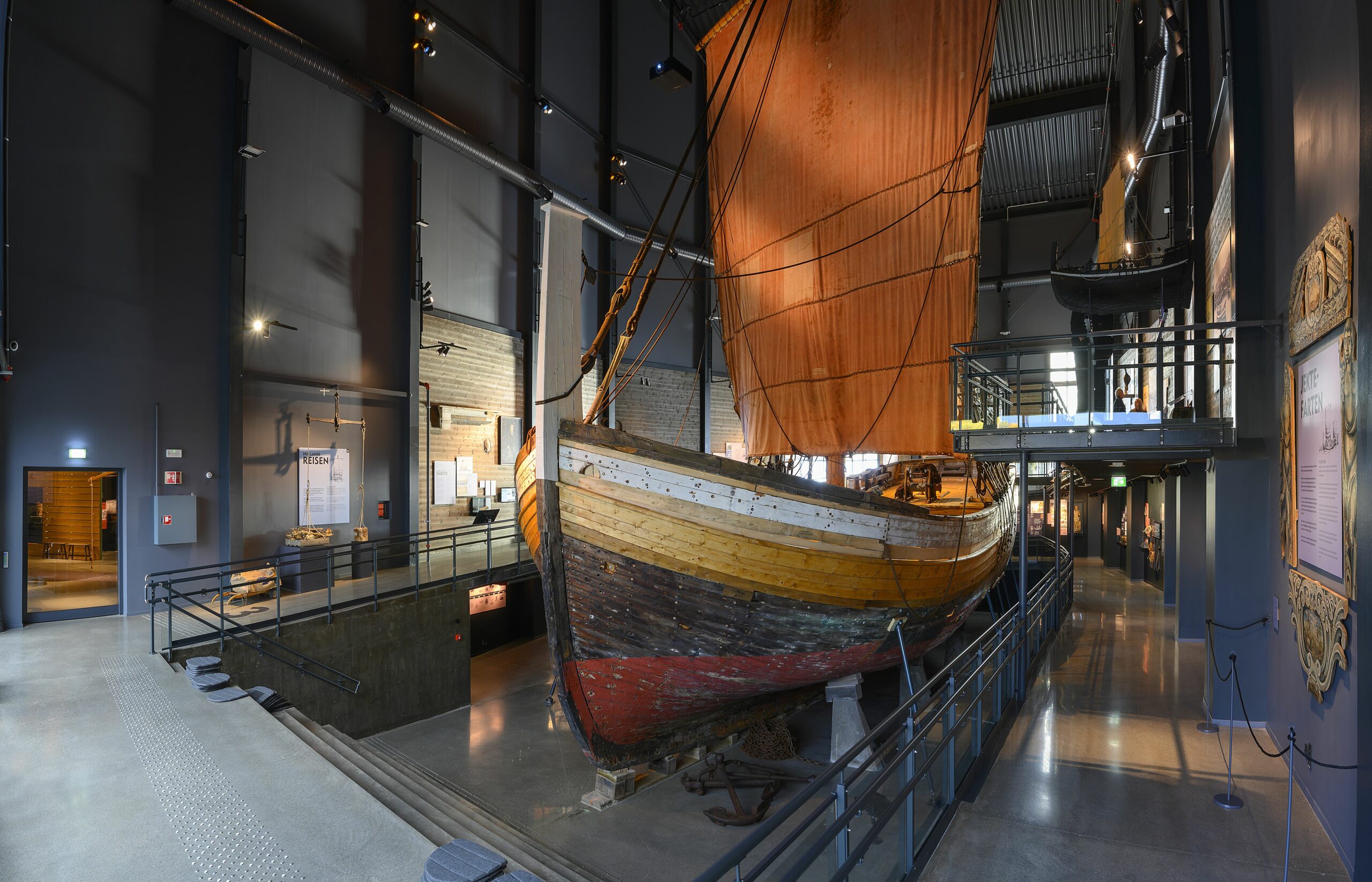
Today, trucks transports goods between different regions, but before, it was the jekts that played this vital role. The trade they facilitated was the lifeblood of communities. Cod liver oil, dried fish, clipfish, timber and firewood were transported along the coast, supplying cities like Bergen, Trondheim and Kristiansund. From these cities, the goods were exported to other countries in Europe.
The jekts brought back essential supplies and goods such as grain, along with hemp, fishing equipment and other necessities. The jekts also carried home new cultural influences, habits and goods from distant lands.
The Jekt Trade Museum invites you to learn about a world full of power and powerlessness, profit and risk. You’ll learn about the hardships and life on board, the fishing-farmer communities and the history of the dried fish trade. The surrounding of Bodøsjøen Outdoor Museum which contains 14 historic buildings, complements and enriches the story of Northern Norway and the fishing-farmer society.
Restaurant
You can also visit the restaurant, Vengen Skafferi, which offer dishes inspired by the history of the jekt trade, and what they brought back from the trading cities.
Accessibility
The outdoor area is accessible for wheelchair users thanks to paved paths and gravel roads. However, please note that accessibility to the historical buildings in the outdoor museum is limited for wheelchair users due to their small size and the presence of door thresholds. We are continually working to improve, and all new buildings will be designed with universal access in mind.
The entrance doors to the main building are automatic sliding doors, ensuring easy access for wheelchair users. Exhibits, restrooms, the café, and the shop are all conveniently located on the same floor. We have installed an induction loop in the service building, and there are several audio installations in connection with our exhibitions.
Was this helpful?
Thank you for your feedback!
Thank you for your feedback!
We are reading all feedback, but unfortunately we can not respond.
